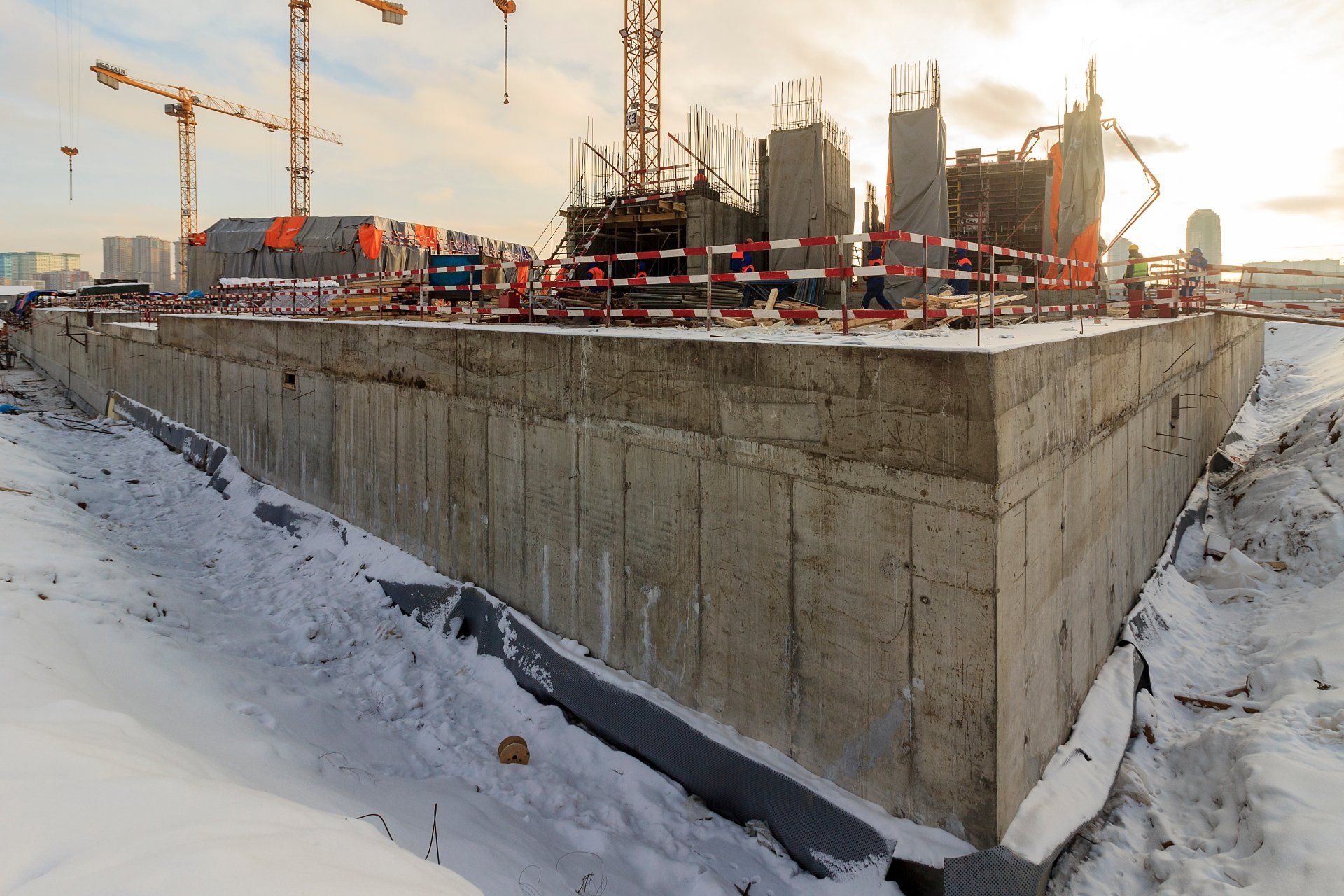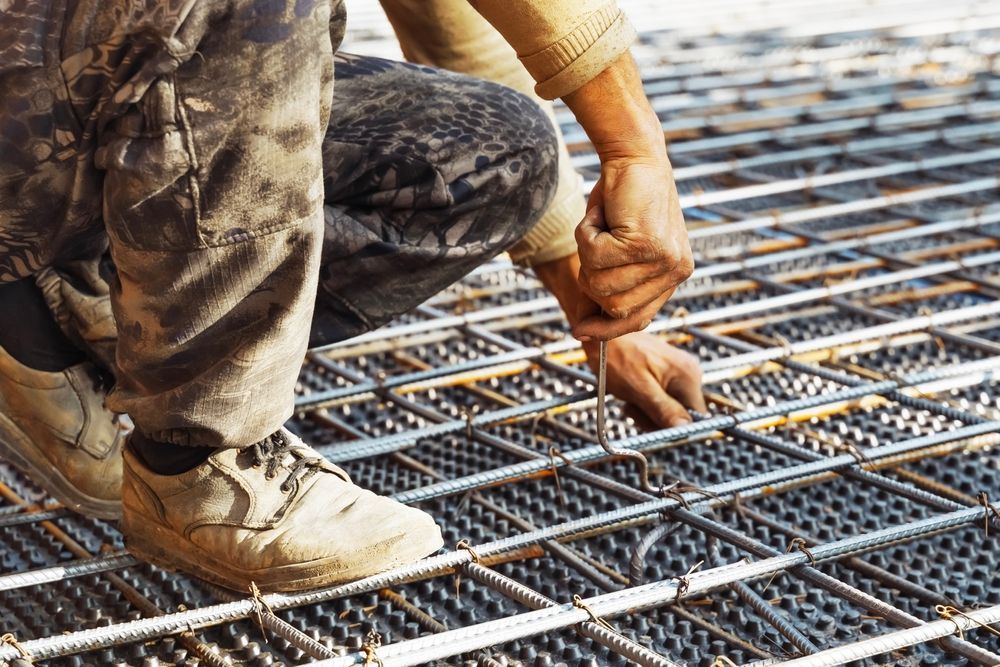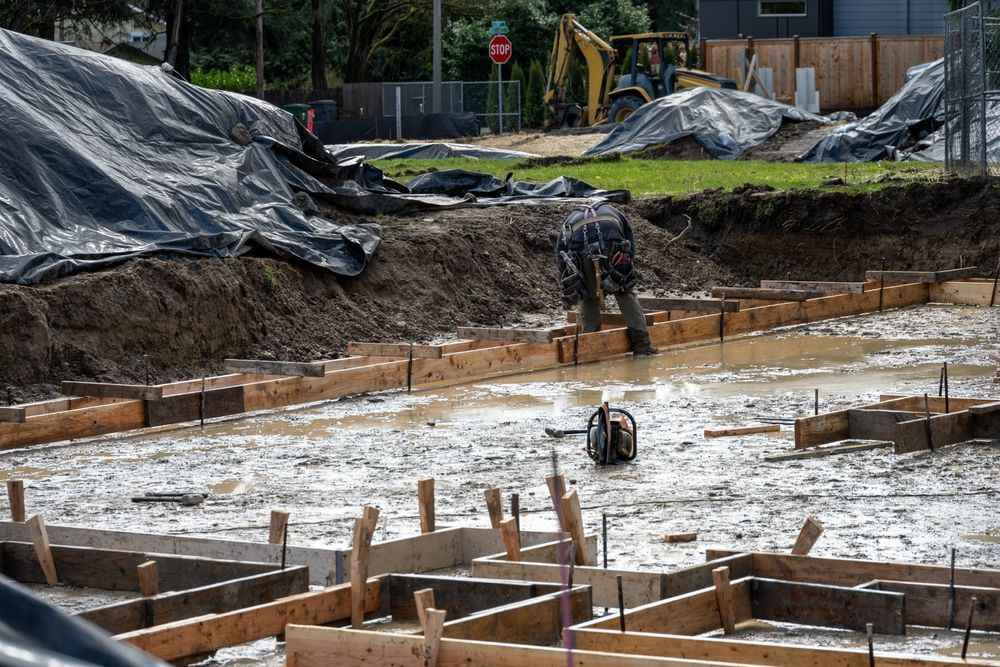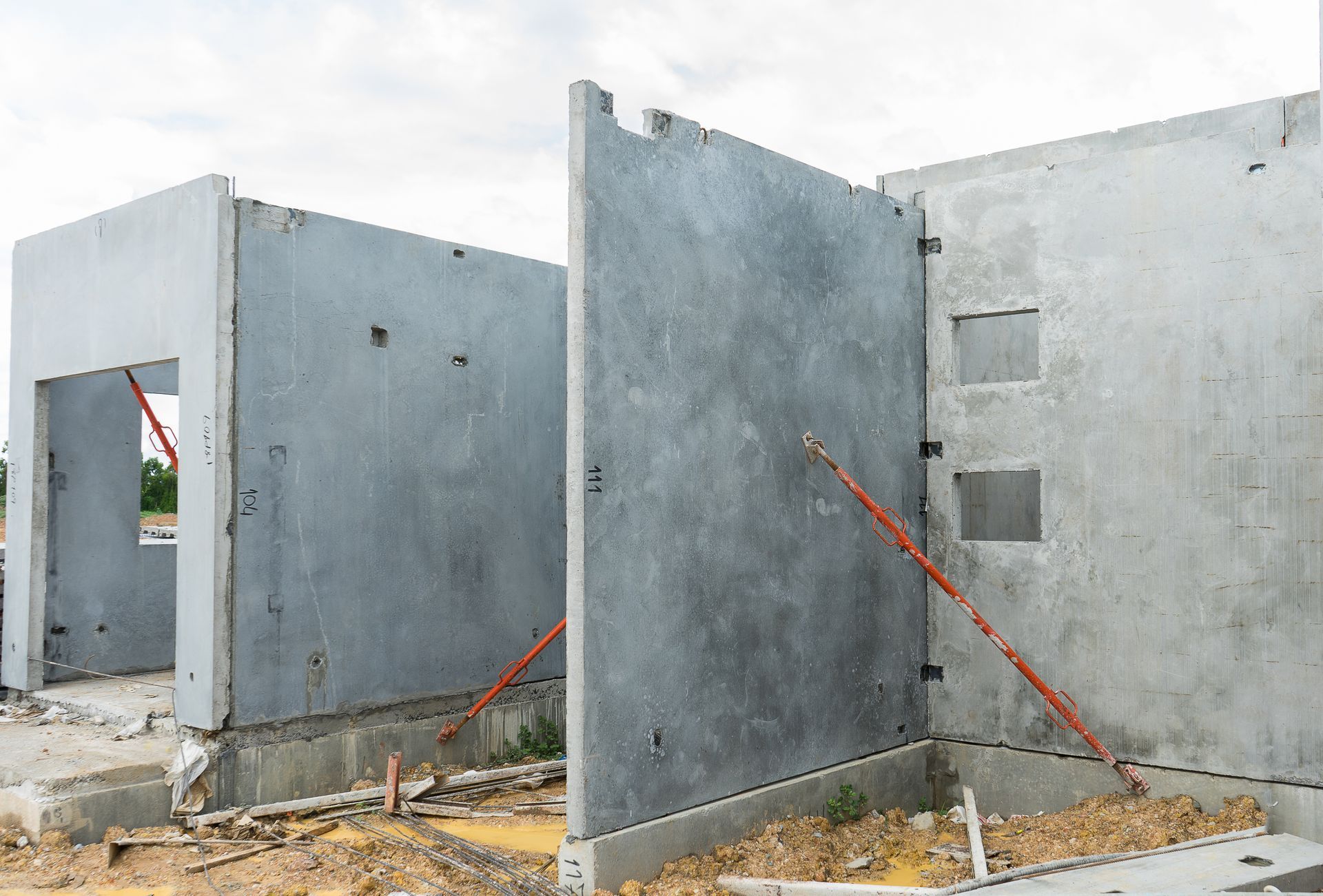Understanding Continuous Foundations in Construction

There are multiple types of foundations. Continuous foundations are often used with spot foundations on commercial and residential structures to create a solid structure. Understanding continuous footing - what it is and how it is used - can help you as a contractor or mason to build better structures and understand how structures are supported.
The more you know about continuous footing, and the easier it is for you to identify continuous footing when you see it, the better builder you'll be. If you have more questions about how continuous foundations work, seek out information from a structural engineer. Getting help from an expert is important for ensuring quality work.
What Is a Continuous Foundation?
Continuous footing is footing that supports more than two columns on a wall. When the individual column placed on the strip footing, the load from the column is transferred to the footing slab, which helps create stability for the foundation.
Live Load Vs. Dead Load
Forces on a foundation are made up of multiple types of loads. The primary force is the weight of the structure and anything permanently attached to the structure. This force is referred to as the "dead load."
By contrast, the vertical loads on the structure - anything that is not a permanent part of the structure - is called the "live load." Live loads are changing and varied. Anyone building the structure must assume that the live load will be the maximum expected amount. By assuming that the structure will be forced to bear the maximum "live load," the building is constructed to survive in a variety of conditions.
To ensure that the structure is properly built, the design for the building is created by a qualified structural engineer.
How Is a Continuous Foundation Created?
The footing of a lightly loaded building must be twice as wide as the foundation wall, while also being as wide and thick as the height of the foundation wall.
What does this mean, exactly? If the wall is 8 inches wide, the footing must be 8 by 16 inches. In the case of a larger footing being involved, most of the time the thickness of the footing is twice the projection from the edge of the foundation wall.
Your most reliable source of construction equipment and contractor supplies.
Two Types of Foundations
Generally speaking, there are two types of foundations.
Continuous Foundations
Continuous foundations are most commonly used for small buildings and houses. This type of structure requires the foundation wall to extend above the footing slab.
These foundations are problematic on many types of soil conditions. If your soil is dense sand, bedrock, or gravel, then a continuous foundation may be suitable.
Benefits of Continuous Spread Foundations
There are many benefits of this type of foundation, including:
- This type of foundation evenly supports the weight of the walls above
- The foundation anchors the buildings
- Continuous foundations provide a stable base
- The foundation can be installed under the edges of the building perimeter
- This type of foundation can be used for residential and commercial construction
- Continuous foundations prevent movement during times of high winds
Grade-Beam Foundation
The other type of foundation is called the grade-beam foundation. This type of foundation consists of a reinforced beam supported by concrete piers. The beam is found around the perimeter of the building, and carries the weight of the building as well as all superimposed loads. The piers help to support the loads over the entirety of the foundation. Since all loads are absorbed by the pier, the base must be quite wide to distribute the loads.
Which Type of Foundation is Right For Your Project?
While a builder may know which type of foundation is right for their upcoming construction project, the most qualified individuals to determine which type of foundation to use are structural engineers.
Structural engineers often work closely with builders on projects relating to the construction of a home and building. Structural engineers are also often required to be involved on projects relating to the repair of a foundation, and removal of a load-bearing wall.
How to Find the Right Structural Engineer
Often contractors prefer to find a structural engineer they trust to become their partners in projects relating to foundations.
If you're a contractor seeking a structural engineer in your area, here's what to watch for:
- Solid reputation. Check references for a structural engineer you're thinking about working with.
- Solid portfolio. The structural engineer you're considering should be able to show examples of previous projects, and discuss the results in-depth.
- Reliability. Does the engineer do what they say they'll do? Do they show up on time, put agreements in writing, and then hold to their contracts? Reliability is something that often reveals itself from the first few conversations.
- Professionalism. A solid professional is communicative from the start, answering phone calls, emails, and other questions.
- Credentials. Know the requirements to work as a structural engineer in your area. Hire an engineer with the proper credentials to do the work you require.
How to Achieve the Right Results With Your Foundations
There are several things you can do to create a good foundation for your building project. The designs for your continuous foundation should come from a qualified structural engineer, as described above. In addition, it's important to use the right tools to build your foundation.
Find a reputable material supplier. A foundation is only as strong as the materials that the foundation was constructed from. Vet your material supplier as much as you would vet your structural engineer. Reputation and experience matters!
Bracing Systems is a well-established company with origins going back to 1972. While we started as a business based on a new type of masonry wall bracing system, we grew over time.
Bracing Systems is now a company that provides scaffolding, supplies, service, and equipment - everything that a mason or concrete contractor could ever need. We're happy to help you achieve your goals as a builder, mason, or concrete contractor. Contact us to buy the materials you need.



